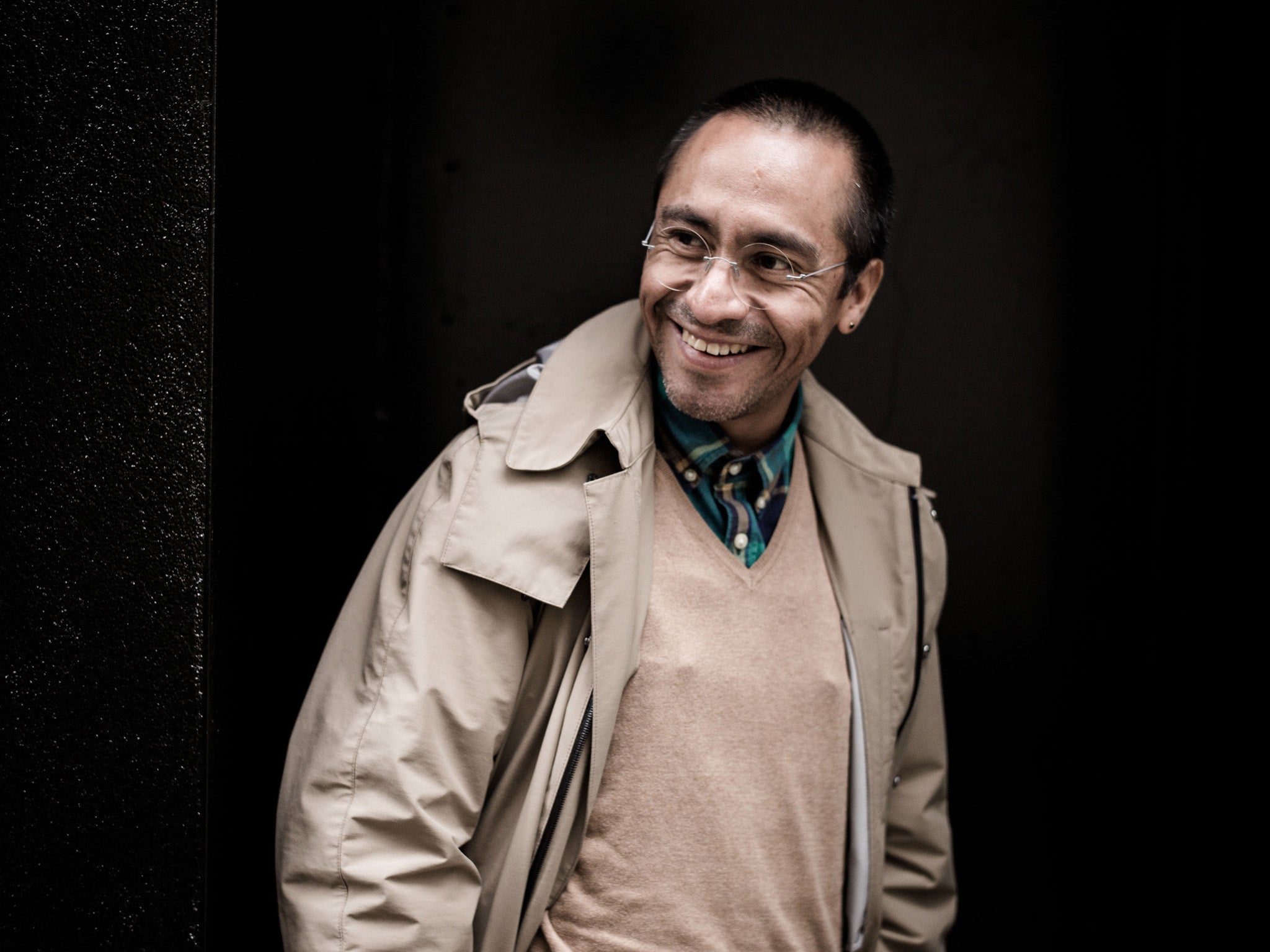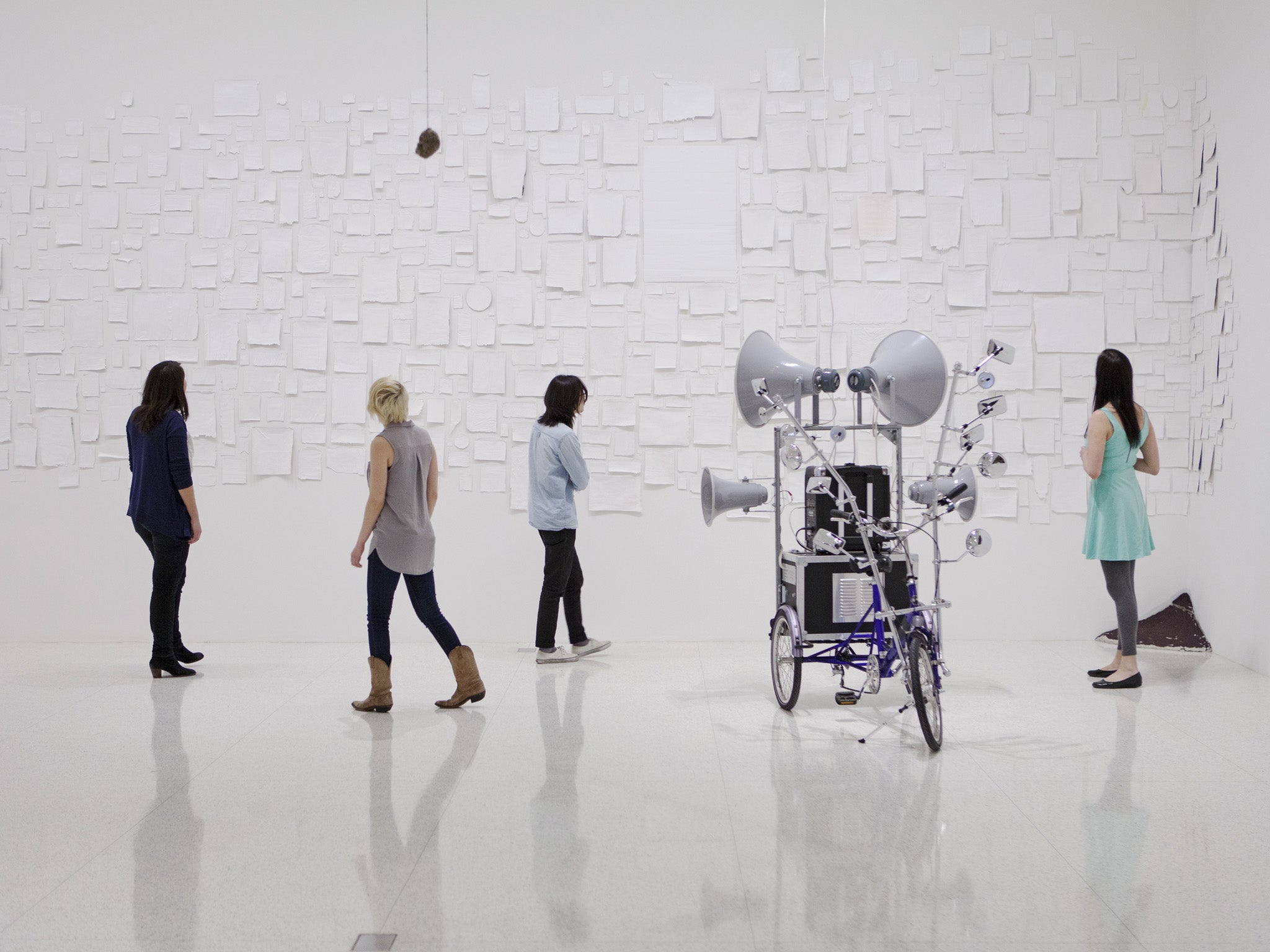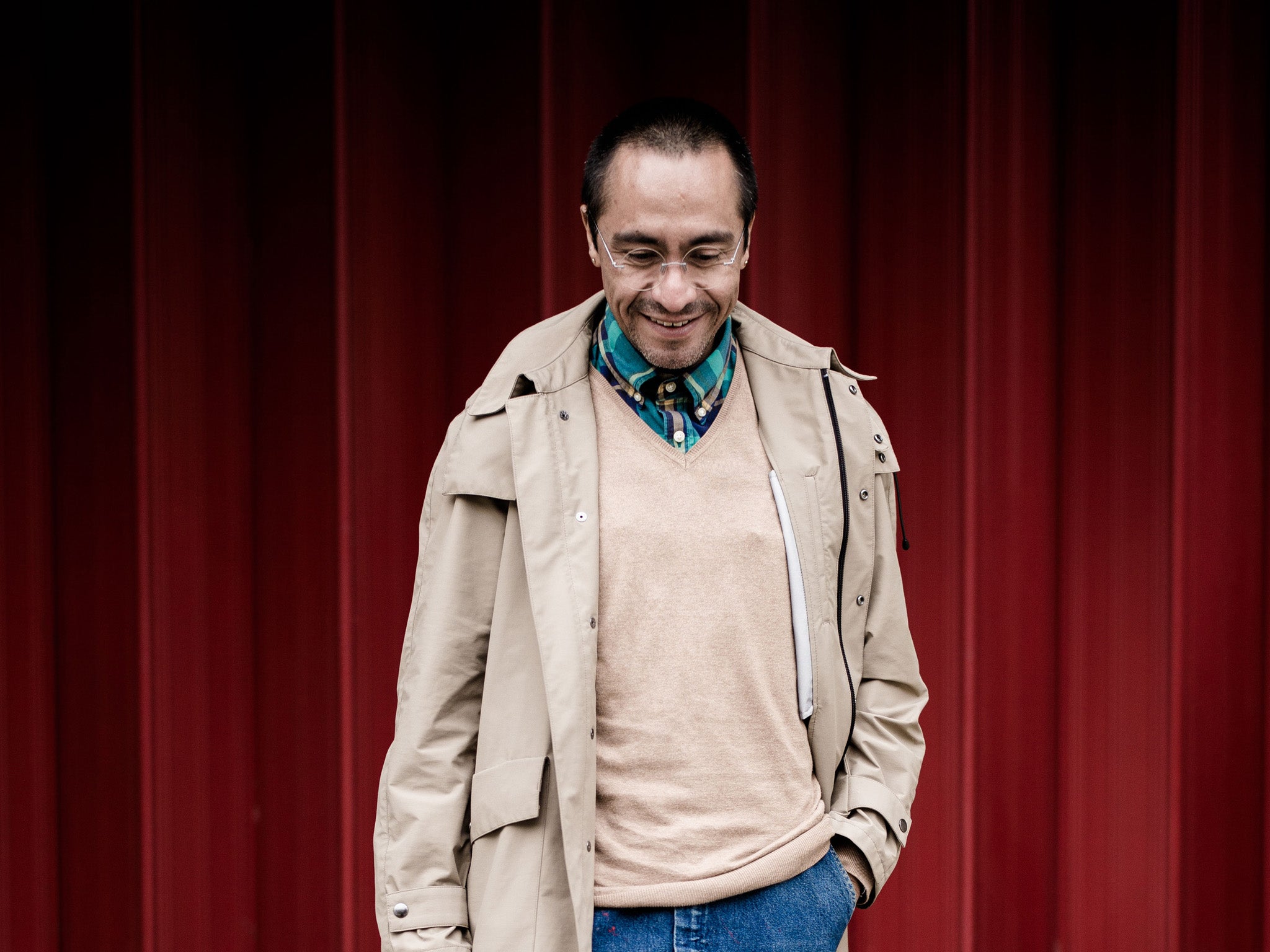Abraham Cruzvillegas set to dig deep into the national consciousness with his earthy installation in the Tate’s Turbine Hall
Soil searching

Your support helps us to tell the story
From reproductive rights to climate change to Big Tech, The Independent is on the ground when the story is developing. Whether it's investigating the financials of Elon Musk's pro-Trump PAC or producing our latest documentary, 'The A Word', which shines a light on the American women fighting for reproductive rights, we know how important it is to parse out the facts from the messaging.
At such a critical moment in US history, we need reporters on the ground. Your donation allows us to keep sending journalists to speak to both sides of the story.
The Independent is trusted by Americans across the entire political spectrum. And unlike many other quality news outlets, we choose not to lock Americans out of our reporting and analysis with paywalls. We believe quality journalism should be available to everyone, paid for by those who can afford it.
Your support makes all the difference.Even by the standards of today’s globe-trotting art world, Abraham Cruzvillegas, the Mexican-born artist commissioned to create the 2015 installation for Tate Modern’s Turbine Hall, is dizzyingly peripatetic. Over hot, rapidly consumed tea – prophylaxis against any sneaky cold that might hamper the 47-year old’s ability to complete his commission, entitled Empty Lot – Cruzvillegas alludes to recent projects in Lima, Seoul and Gdansk.
Cruzvillegas is still nominally a resident in his native Mexico City, but the nature of his work dictates a profound engagement with the site of each project: a busy year like this brings with it near nomadism. He describes himself as arriving “with my empty hands everywhere I go,” and improvising, as much as possible, with his location. This can include sculptural elements made with materials found in situ, but also thematic inspiration from the “energy, people, experience” he encounters, and with the history of a site. In Glasgow, this produced an album of songs written with local musicians – in Gdansk, an installation inspired by the Solidarity trade union and Günther Grass’s The Tin Drum (1959).
Details of the Turbine Hall commission are under wraps until the opening later this month, though the request put out by Tate to London’s parks for a donation of topsoil sparked early speculation about a possible horticultural element to Empty Lot: speculation born out by recent images hitting Instagram that show a sculptural structure patterned with a lattice of raised triangular earth beds spreading across the cavernous post-industrial space.
Cruzvillegas firmly knocks any expectation of Chelsea Flower Show-worthy planting in the brick-lined cavern of Tate Modern –“my work is not related with gardens”. Instead, he describes how he “reads” the history of London through its parks. “I was finding it interesting how many concepts you have for describing an open space – you have parks, you have greens, you have heaths, you have meadows, you have commons – I know a bit about the history and the genealogy of these concepts, and they lead us to history, economics, imperialism and so on” although, he adds that he’s “not responding in particular to any of these things”.

If anything, Cruzvillegas’s art is directly at odds with the polite rootedness of the British garden. He approvingly cites an interview with Werner Herzog, while making Fitzcaraldo (1982), in which the film-maker memorably described the nature of the jungle as “obscene”, possessing “the harmony of overwhelming and collective murder”. This view of natural order as a brutal and constantly shifting struggle for survival more closely accords with Cruzvillegas’s interests in human movement and migration, and in the impermanence and transformation of the environments in which we live.
In the 1960s, Cruzvillegas’s family was one of many that migrated from their villages to Mexico City, forming new unplanned neighbourhoods that existed in parallel with the city’s formal economy. They erected improvised dwellings together on inhospitable volcanic rock south of the city using whatever materials were available, adding to and adapting their homes according to need and wherewithal. “This is the kind of process I’m trying to engage with during the process of making my work,” he explains. “The origin of my own family, people migrating with hope – going after something that they didn’t have, struggling with not having anything but still fighting to get it.”

His family home, as evidence of human ingenuity, improvisation and flux, is the source of inspiration for two of Cruzvillegas’s long-running series autoconstrucción and autodestrucción. Often created from building debris, and materials that have been repurposed, the sculptures in them have a precarious tension. “They are very unstable and very weak, very contradictory, as I am,” he explains. “Sometimes, it depends on the locale, they will change their shape and appearance.” While his works are in the collections of major museums, they exist not as fixed objects, but as structures that must be taken apart and put back together each time they are shown. A recent survey show of autoconstrucción works that travelled from Minneapolis to Munich and to Mexico “was totally different from one place to the other, according to the space, according to the light, according to the mood of the person who constructs them” he explains delightedly. “It’s like setting a game – that’s what I love to do – I made the rules for my sculptures and you are free to make them according to your interpretation of what I meant.”
Cruzvillegas’s wife, Alejandra, is a lawyer specialising in migratory issues who has worked for the UN High Commissioner for Refugees in Mexico and with refugee camps around the world. We discuss the “extraordinary paradox” of migration, whereby “the history of mankind is based on movement, transformation, hope,” but “owning a piece of land that is yours and for your family is the main hope of everybody – having a shelter, having a piece of land. This idea of hope is one that I’m dealing with in this work for the Turbine Hall.”

The most important part of this project – and I think every work I do – is transformation, and that is still to happen
Cruzvillegas emerged from an enterprising, mutually supportive generation of artists in Mexico City in the late 1980s and early 1990s that includes Gabriel Orozco, Damián Ortega and Gabriel Kuri who are “like family” to Cruzvillegas. The act of working alongside and learning from others remains important to him, whether in teaching students, supporting artist-run spaces or engaging younger artists in his projects. At the heart of this is a desire to create artworks that are not fully resolved but which hold within them the possibility for evolution or adaptation, whether through the input of others, or natural forces, or both. Accordingly Empty Lot will begin, rather than end, at its public unveiling. “The most important part of this project – and I think every work I do – is transformation, and that is still to happen,” he explains.
Earlier, Cruzvillegas had mentioned, somewhat improbably for an artist who clings to his punk roots, how interesting he’d found learning about Tate’s health and safety requirements. With that in mind, I joke that the activity and improvisation that will transform Empty Lot in the months to come will of course need to be conducted in an orderly, rather than a chaotic fashion. Not so, it seems. “It should be chaotic: I hope so!” he corrects me. “Nature is chaotic!”
Hyundai Commission 2015: Abraham Cruzvillegas, ‘Empty Lot’, Tate Modern, 13 Oct to 3 April 2016
Join our commenting forum
Join thought-provoking conversations, follow other Independent readers and see their replies
Comments